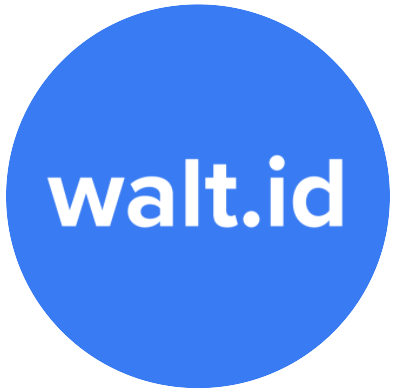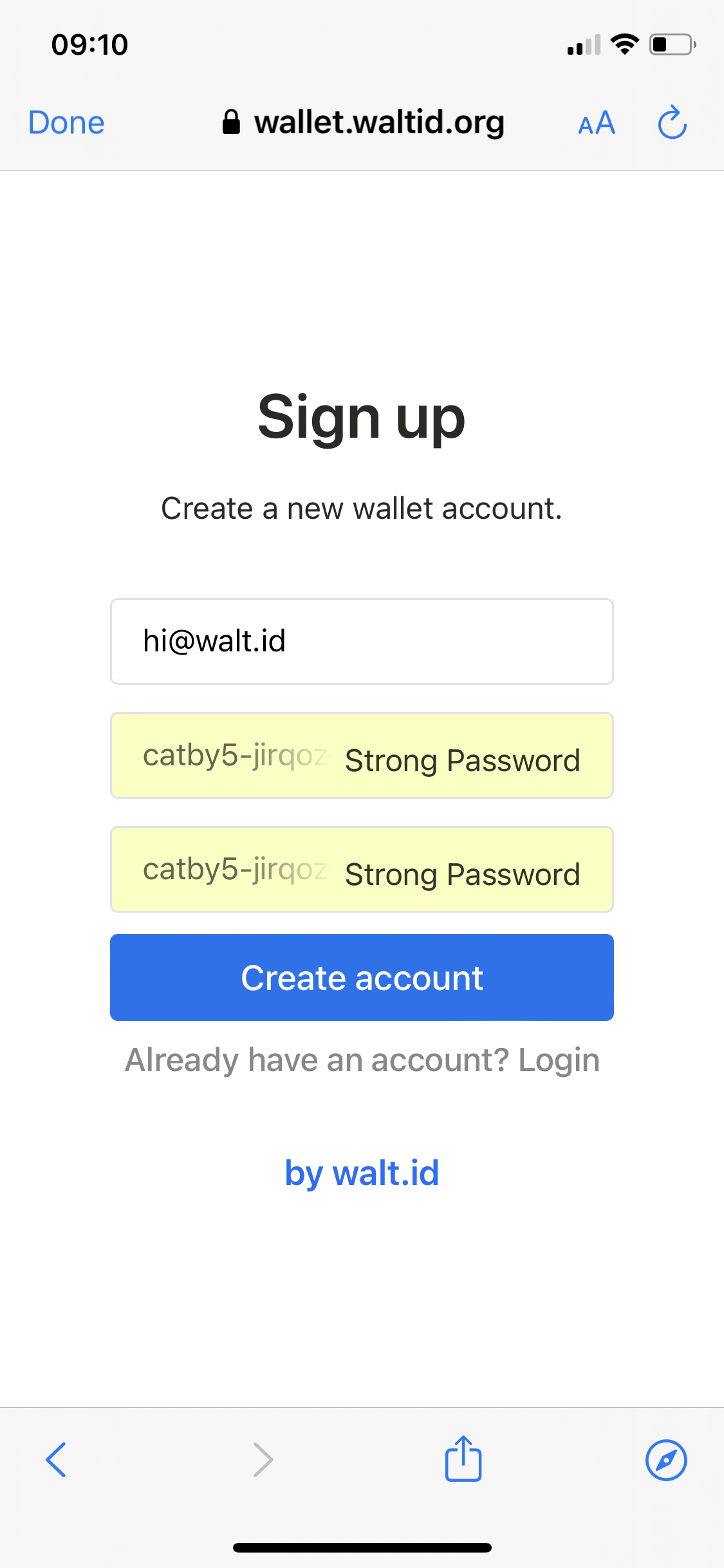Digitising Public-Sector Documents: Luxembourg’s Proof of Residence.
How the Government of Luxembourg is spearheading public sector innovation by digitising their identity infrastructure starting with a “Proof of Residence” based on Self-Sovereign Identity (SSI).
About Luxembourg & GovTech Lab
The Government of Luxembourg is part of the EU Blockchain Partnership (EBP), EU Blockchain Service Infrastructure (EBSI) and EU Self-Sovereign Identity Framework (ESSIF). Its “GovTech Lab” is a joint initiative of the Ministry for Digitalisation and the Government IT Centre (CTIE) using open innovation to work with internal and external actors in the development of innovative solutions.
The Challenge.
The “Once-Only” principle is an e-government concept that aims to ensure that citizens and organisations only have to provide information to authorities and administrations once. However, this principle does not yet expand beyond the public sector. So when it comes to the use of government-issued documents in the private sector, companies are forced to rely on paper documents or PDFs. This has a several implications, for example:
Consumers or citizens must provide paper documents or PDFs every time they want to sign up for or use digital or physical services creating a cumbersome experience.
Service providers must process data from these documents, which requires them to manually enter data into their systems. This results in wasted personnel resources (time, money) and suboptimal data quality due to human error during processing. Finally, verifying data is also a manual and time-consuming process, which explains why verifications are rarely done.
While certain technologies (e.g. optical character recognition) can partially compensate for these shortcomings, only a natively digital process with standardised, structured data would improve user experience, increase security and guarantee data authenticity.
The Solution.
Luxembourg became aware of several initiatives that are proposing the use of natively digital credentials and Self-Sovereign Identity (SSI), not at least the revision proposed by the eIDAS regulation.
Importantly, SSI allows the presentation of data in a structured and verifiable format, which can be read and verified by anyone to which these credentials are presented in a fast and automated process. Further, SSI promises unique privacy capabilities such as data verification without involvement of the data source (Issuer) or data minimisation via selective disclosure.
As a result, the Government of Luxembourg decided to digitise and secure the exchange of government-certified data using natively digital credentials based on SSI (in addition to current physical paper and PDF documents). In addition, citizens should be enabled to store and present such credentials using digital wallets.
The first use case that has been chosen was that of a verifiable digital residency certificate for the citizen; bearing in mind that the same idea can be extended to any other attestations issued by the public or private sector.
Five vendors - including walt.id - have been chosen to build a functioning demo for the “Proof of Residence” use case.
The Results.
The walt.id team successfully shipped a solution to Luxembourg’s challenge followed a simple process:
First, the overall user journey and implementation scope was set.
Next, data models and semantics for the credential were defined.
Finally, an Issuer Portal and a web-based wallet app were set-up (both with custom branding and support for multiple languages) using walt.id’s open source product portfolio (SSI Kit, Wallet).
The result was a custom demo for a “Proof of Residence”, which showcased the following user flow based on Luxembourg’s requirements:
Installation of a wallet by the citizen on her mobile phone.
Citizen authentication with the Issuer (State).
Citizen's request for a certificate.
Secure connection between Issuer and citizen's wallet.
Transformation of residence data in an interoperable digital credential format.
State certification of data.
Issuance of the certificate and transfer to the citizen wallet.
The following screenshots show the main user journey:
Step 1: A citizen logs into a government portal using the provided auth mechanisms.
Step 2: After logging in to the government portal, the citizen request a credentials.
Step 3: The citizen is redirected to a (custodial) wallet to create an account.
Step 5: The citizen accepts the verified connection request from the government.
Step 4: The citizen creates an account. (Note that different auth mechanisms can be used.)
Step 6: The citizen reviews, accepts and stores the credential in her wallet.
Any Questions?
Our experts will answer any questions you may have and help you get started.
… or simply book a meeting.







